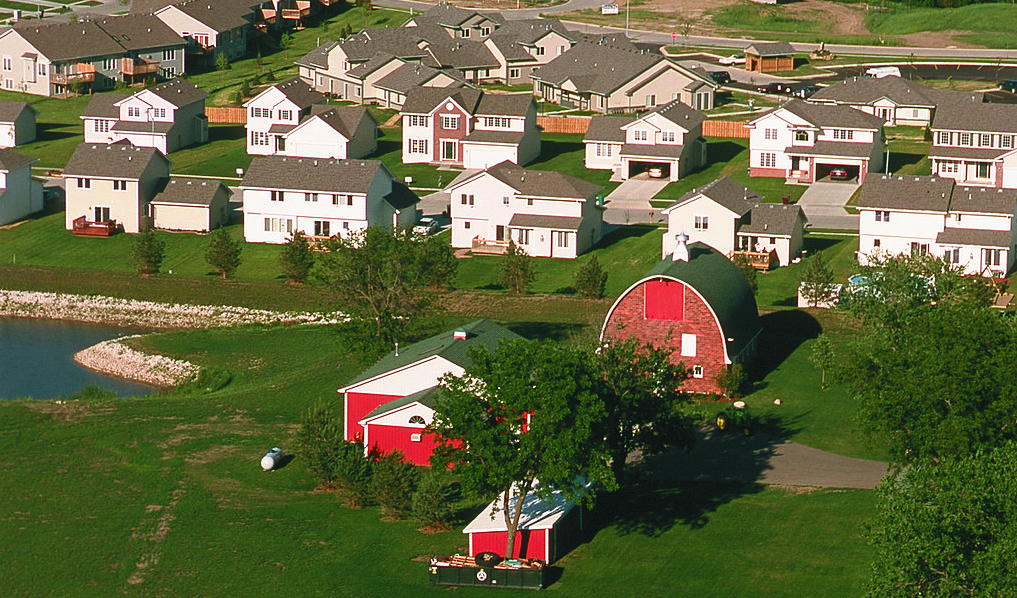The story of cities since the end of WWII was the story of wealth fleeing the center for the suburbs. In the 60s and 70s, many cities, like New York City, were in terrible financial shape. Many suburbs, on the other hand, became very rich like Westchester County (New York), Grosse Pointe (Detroit), Brookline (Boston), and Cobb County (Atlanta).
These days, however, we are seeing an inversion. As city life becomes cool, and as young people care less and less about driving, wealth is moving back downtown. Though this has been a great boost for city economies and city finances, this creates a lot of tension. In American culture, cities have always been the incubators of great artists moving their way up. The struggling actor waiting tables and waiting on her big break is a cultural icon. The Coen brothers’ new film Inside Llewyn Davis documents a week in the life of an up-and-coming folk singer in Greenwich Village in 1961. Today, Greenwich Village is full of millionaires and expensive apartments. No up-and-comer could get there and live off waiting tables. The New Yorker’s Calvin Trillin published a piece this week about the loss of ethnic identity in the village. His favorite Italian shop, Joe’s Dairy, became priced out of staying “as SoHo encroaches on the Village.” The increasing prices of city living have created tension in San Francisco. As The New York Times reported, San Francisco leaders are working on balancing tech riches with its reputation as a bohemian city. When Harvey Milk was holding elected office from the Castro and the Haight, he represented a working-class area. Now, the San Francisco chronicle boasts that: “aside from a few hippie relics, the Haight today is a whole new scene. Exclusive boutiques, high-end vintage-clothing shops, second-hand stores, Internet cafés and hip restaurants have all settled in, making the Haight one of San Francisco’s commercial centers.” The New York Times article describes how so many San Franciscans feel forced out of their own city.
Leaders must balance growth without losing their identity. A recent letter to the editor (it’s the one titled “streets in use”) of the Charleston Post and Courier complained of the Disneyfication of Charleston. We should not allow Disneyfication of all city life. We cannot let urban living be a luxury for just the rich. Our culture needs people to be able to get to the city and then move up.
